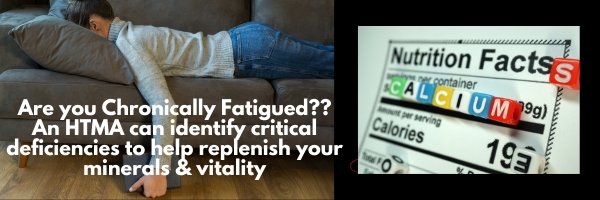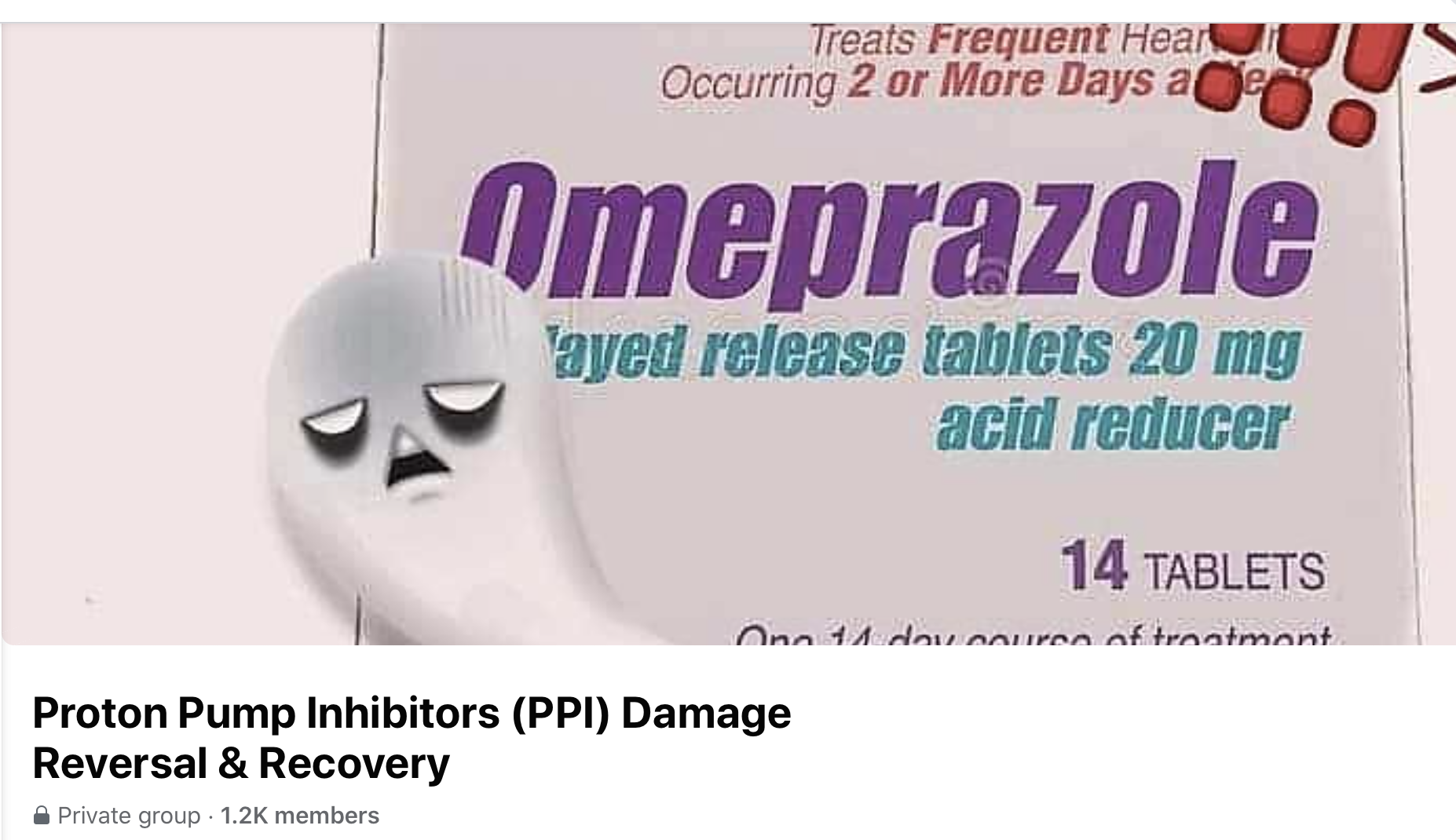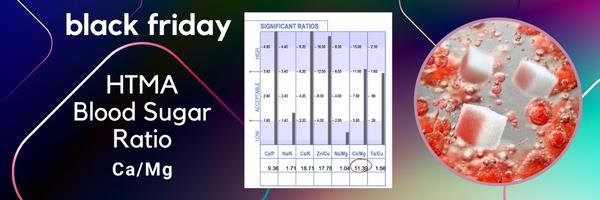Calcium too little or too much, both can create health issues!
An HTMA can assess, along with other minerals that need to be in balance
And Guess what? Until January 31, 2024 , I will be offering a one time $100.00 discount if prebooked and prepaid . The appointments can be booked up until Feb 16th, 2024!
Some Important functions of Calcium
Calcium is found in every cell throughout the body yet over ninety percent of calcium is stored in the bones and teeth providing structual support.
It is also found in the brain, heart, kidney, liver, muscles, skin and spleen,
Osseous tissues provide a reservoir for calcium, which can be withdrawn as required in order to maintain extra-skeletal functions such as acid-alkaline balance.
Calcium is essential for cardiac muscle contractility.
Insulin release is dependent upon adequate calcium being available.
Other facts about Calcium
Calcium is a very emotional mineral, which could stem from trauma
Regulates cell permeability
Important for blood clotting
Maintains pH balance
Supports fat digestion
Inhibits the uptake of thyroxine (thyroid hormone)
An imbalance relative to its synergistic and
antagonistic nutrients can be a major contributor to osteoporosisIncreased calcium excretion can be caused by over-activity of both the thyroid and adrenal cortical glands
Many medications interfere with calcium absorption. Some of the most common include anti-convulsants and antacids containing aluminum hydroxide bind calcium in the intestine and have also been documented to contribute to osteomalacia (weakens bones and can cause them to break more easily)
Some psychological qualities associated with calcium are stability, hardness and rigidity.
Without enough bioavailable calcium someone may experience hypersensitivity and nervousness (ie: anxiety)
Hypocalcemia is a relatively rare clinical problem.
The nervous system can become hyper-irritable with the effects of low serum calcium.
Hypocalcemia can eventually lead to sensory disturbances, tetany, and myocardial dysfunction. Tetany consists of muscular cramps, laryngeal stridor, seizures, and, if severe, death due to respiratory failure.
Calcium deficiency has been associated with conditions not necessarily related to hypocalcemia. These include:
Allergies (histamine)
Adrenal hyperactivity
Hypertension
Hyperkinesis
Anxiety
Hyperthyroidism
Insomnia (type I)
Osteomalacia
Sympathetic dominance
Rh. arthritis
Potential lead and cadmium toxicity
Osteoporosis
Hypercalcemia is an elevation of serum calcium above 10.5 mg.%. Primary hyper-parathyroidism and malignancies are major causes of hypercalcemia. There are other causes of hypecalcemia as well.
Conditions associated with hypercalcemia due to hyperparathyroidism include:
Excessive thirst
Dryness of mouth and throat
Dysphagia (difficulty swallowing)
Muscle aches
Recent memory loss
Calcific tendinitis
Chondrocalcinosis, (calcium pyrophosphate crystals build up in the joints)
Depression
Hearing difficulties
Fatigue
Joint stiffness/Weakness
Restless leg syndrome
Constipation
Dyspepsia (a stomach condition that causes pain, burning, bloating, nausea, and gas)
Conjunctivitis (pinkeye, is an inflammation of the conjunctiva)
In the U.S., studies have shown a distinguishing difference in the
consumption of calcium among hypertensive and normotensive individuals. Hypertensive persons were found to consume 18% less calcium than normotensive persons.
Calcium supplementation is generally accepted as a course of therapy for this condition. However, studies have shown that calcium supplementation alone over extended periods has resulted in decreased calcium retention.
Supplementing Vitamin D and calcium supplementation, also will:
• Intensify stress
• Decrease potassium
• Trigger magnesium deficiency
Calcium is best evaluated in relationship to its other cofactors. When the synergistic and antagonistic nutrients relative to calcium are taken into consideration, it is more beneficial with nutritional protocols, particularly with osteoporosis.
And to think, assessing calcium status is only one nugget of the vast information gained from doing an HTMA.
HTMA is also beneficial for so many other issues but not limited to ADD/ADHD, Addictions, Anxiety and Panic, Brain fog, Cognitive Issues, Constipation, Digestive, Diarrhea, Hormone Imbalances,Joint Pain and Stiffness, Osteoarthritis, Osteoporosis, Thyroid Issues, Weight Gain. It is also great for Anti-aging, Recovery. Allergies. Blood Sugar Issues, Cardiac Health, Asthma, Neuromuscular Diseases, Skin Conditions, Infertility, Menopause.
Getting an HTMA, can absolutely points the way to interventions to change the course of your health and bring these ratios into more ideal readings. When you do, your symptoms will decrease and you will notice the difference!
Remember to pre-book and pre-pay for your HTMA by Jan 31, 2024 to receive a one time $100 discount, It must be booked for the end of January, 2024. Book your HTMA on my website. The link below gives more details about the HTMA and you have to scroll to the bottom to find the blue Book Now button. There are more details and several research conclusions about HTMA on my website as well. Gift one to a family member or friend. There is no greater gift, than a gift of health! I will have Gift Certificates available.
Let a Hair Tissue Mineral Analysis benefit your health and wellness journey!
Much of this information is cited from:
The Nutritional Relationships of Calcium, from the TEI
The information is not intended or implied to be a substitute for professional medical advice, diagnosis or treatment. All content, including text, graphics, images and information, contained within this email is for general information purposes only. You are encouraged to confirm any information obtained in this email with other sources, and review all information regarding any medical condition or treatment with your health practitioner.






